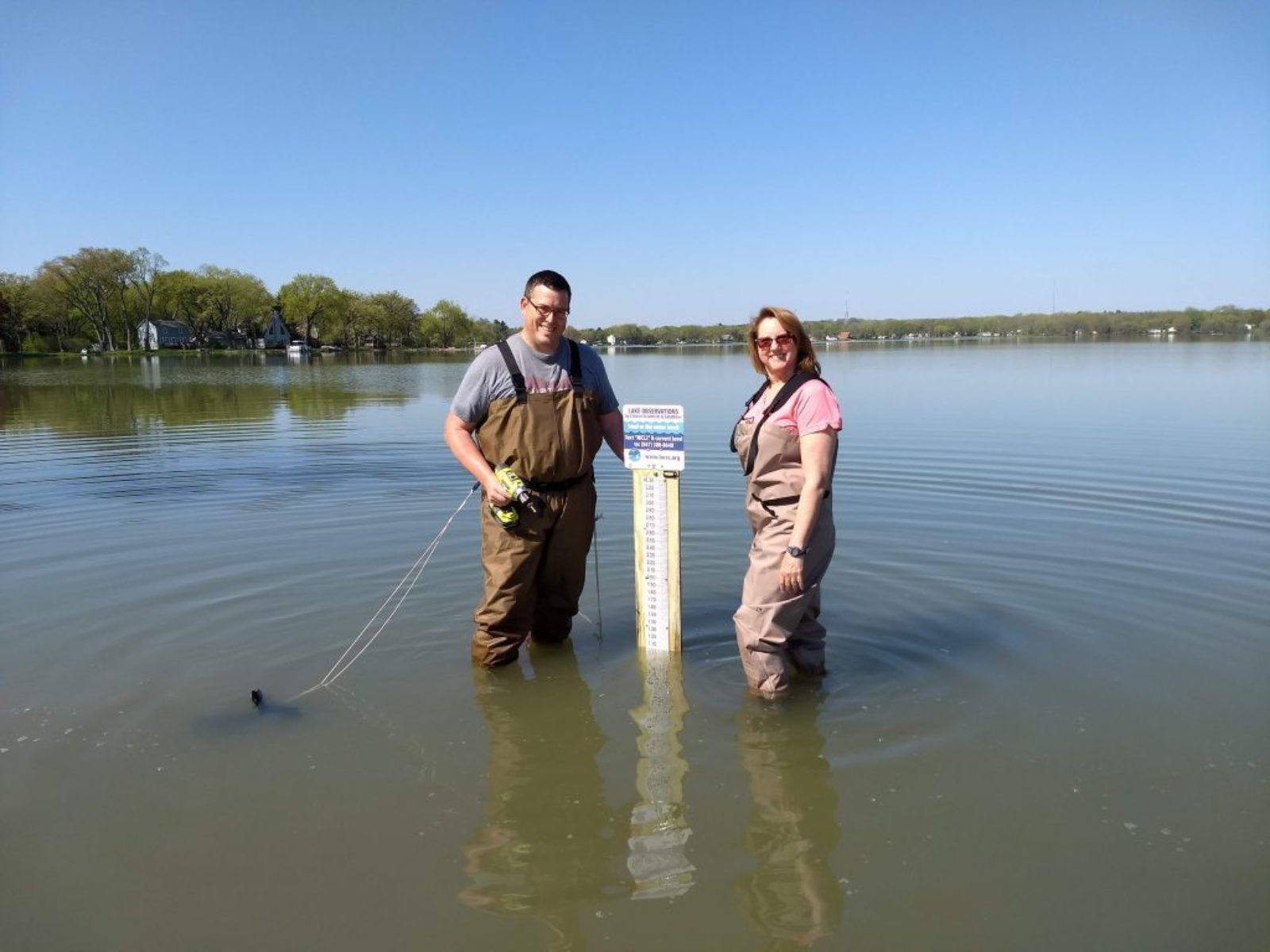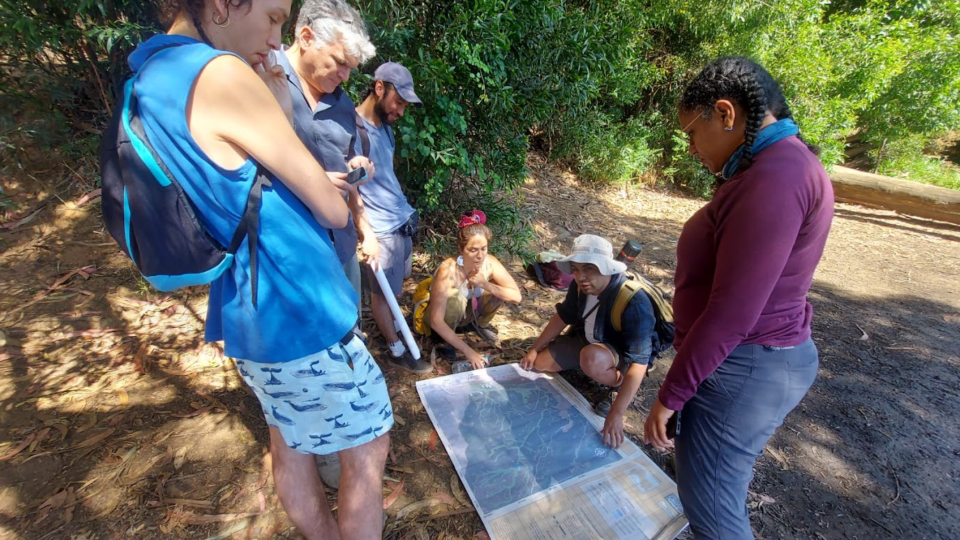The Importance of Local Partners
 Grant Parkins, LOCSS team member, and local partner Holly Hudson from the Chicago Metropolitan Agency for Planning.
Grant Parkins, LOCSS team member, and local partner Holly Hudson from the Chicago Metropolitan Agency for Planning.
Our hope was to study more than 100 lakes in various locations across the United States as well as other countries. We had identified areas in these locations with many natural lakes that would seem to be a good fit for our study. However, the LOCSS team had very few connections in most of these areas, so we know that we would need to find local partners to be successful.
Among our first partners were the NC Museum of Natural Sciences and the Wisconsin Citizen Lake Monitoring Network. We worked with Christine Goforth, a citizen science expert at the museum, who help us think about the ins and outs of creating a citizen science research project. We also consulted with Katie Hein from the Wisconsin Citizen Lake Monitoring Network, who helped us think more about how to engage citizen scientists in lake level monitoring. We even made a trip to Wisconsin in 2018 to meet some of the citizen scientists who do that work there.
After creating a plan to embark on this project, we sought out local partners to help us get gauges into lakes and recruit local volunteers to participate. Among the first on board were North Carolina State Parks and the Winyah Rivers Alliance. Partnerships with Croatan National Forest and Mattamuskeet National Wildlife Refuge followed shortly. These strong collaborations allowed us to begin studying 13 lakes in North Carolina in our first year, and ultimately were the foundation for our ability to secure funding from NASA to extend our project beyond that first year. Without those first local partners, LOCSS likely would not have received that funding, and would no longer exist.
Since securing that additional funding, LOCSS has expanded to three additional states and two more countries. In Washington, Illinois, and Massachusetts, various local partners were integral in helping us to begin studying their lakes. We have also worked with various agencies, across multiple languages to begin studying lakes in both Bangladesh and France. In each case, our local partners have been extremely helpful in identifying lakes that are a good fit for the project, get the proper permissions to study those lakes, and connect with residents to build a base of dedicated citizen scientist volunteers.
To date, LOCSS is studying 62 different lakes in four US states and two additional countries. Nearly 900 citizen scientists have submitted almost 4,000 total lake height measurements. The LOCSS program has grown to these levels in about two and a half years, and we are very proud of what we have accomplished. However, NONE of it would be possible if not for the large number of local partners that we have been fortunate to work with.
We look forward to continuing to work with these great partners, and are excited for new collaborations to come.
LOCSS News
We share stories about the lakes in our study, our partners and volunteer citizen scientists, as well as interesting results from our research.





